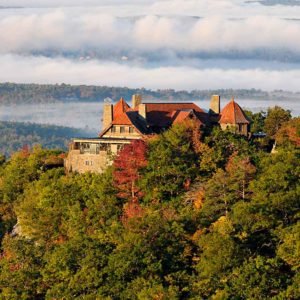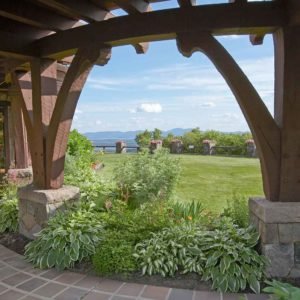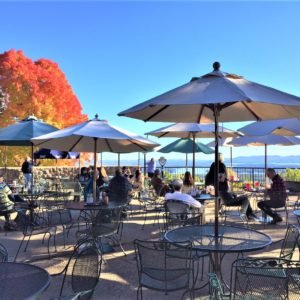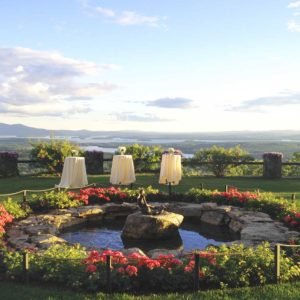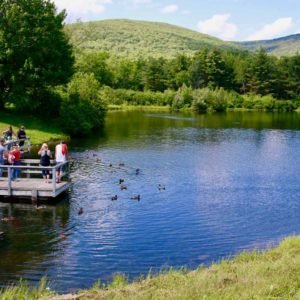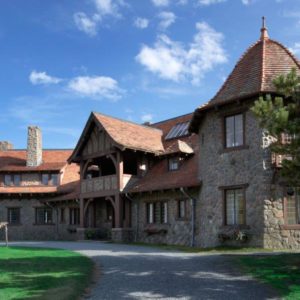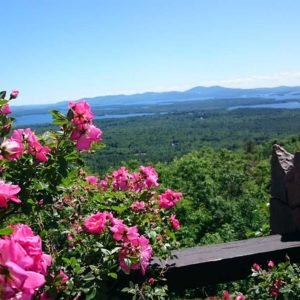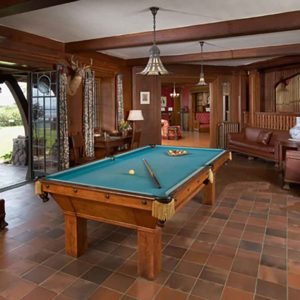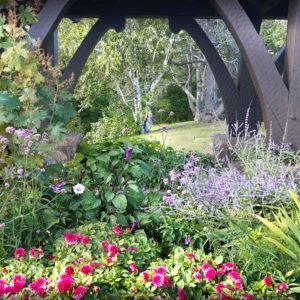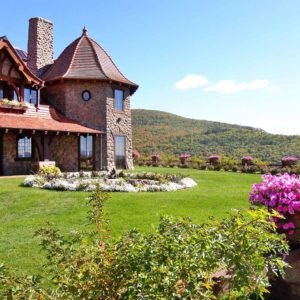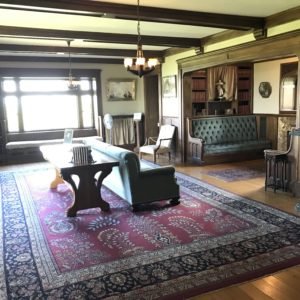We were definitely impressed with the time, effort and expense going into the restoration of Castle in the Clouds. The docents located throughout the building are enthusiastic about answering any questions you might have. This is a must see if you are in the area.
Upcoming Programs
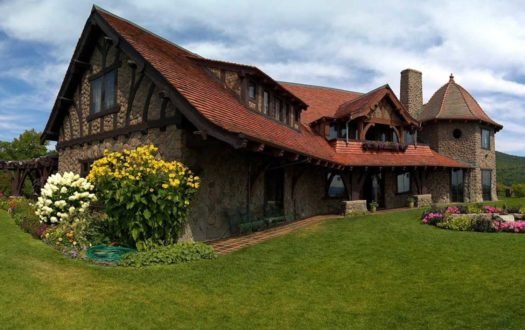
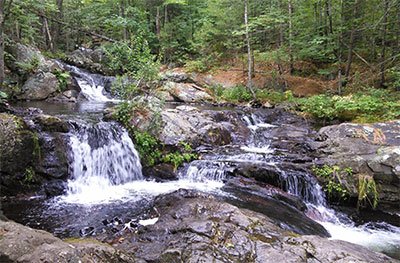
Hike to a Waterfall
Over 5200 acres and 28 miles of hiking trails with variation for everyone.
Explore
Discover
Imagine
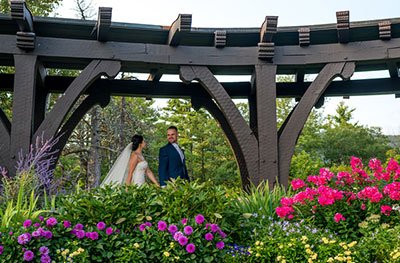
Get Married at The Castle
A historic mansion, spectacular views, multiple venues... the perfect setting awaits you.
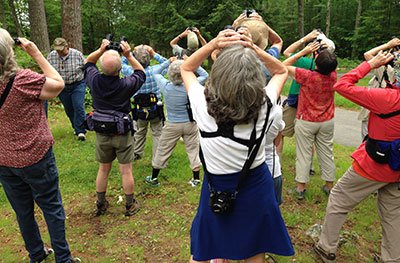
Birding, Music, Yoga, and More!
From music nights to yoga on the Castle lawn.... there is so much to discover.
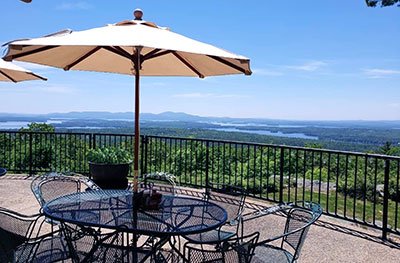
Dine with a View
Our mountain top setting provides guests with a dining experience unlike any other.
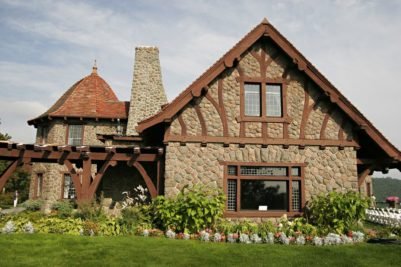
Tour the Castle
Tour the historic Lucknow Mansion with stunning views of the Lakes Region.

